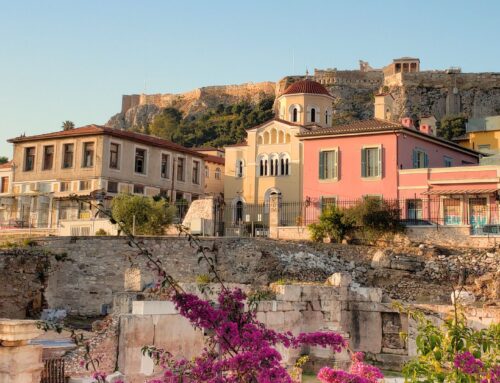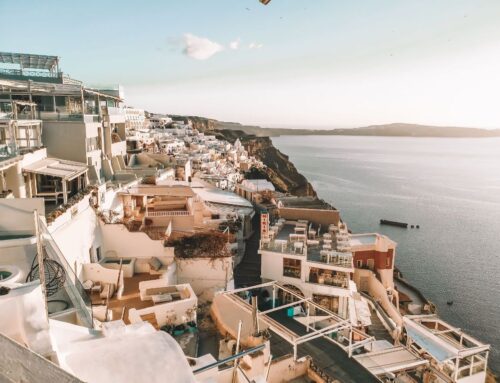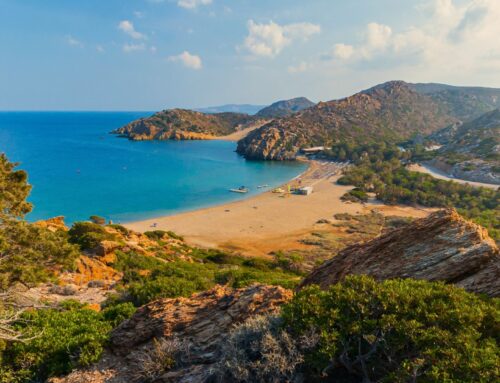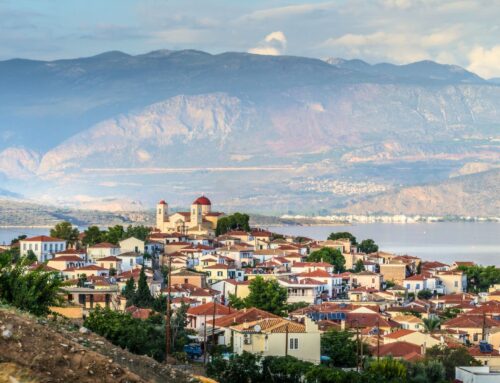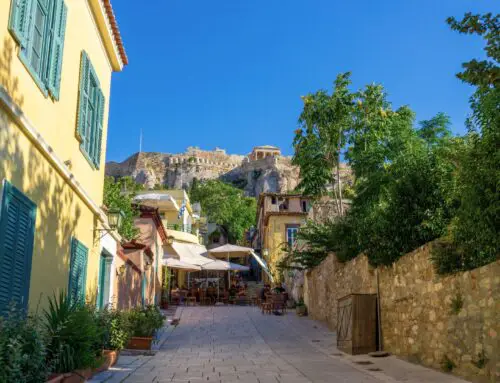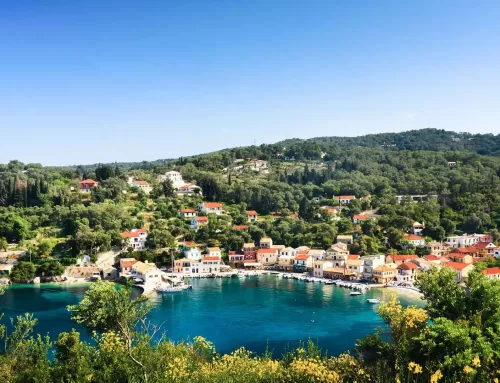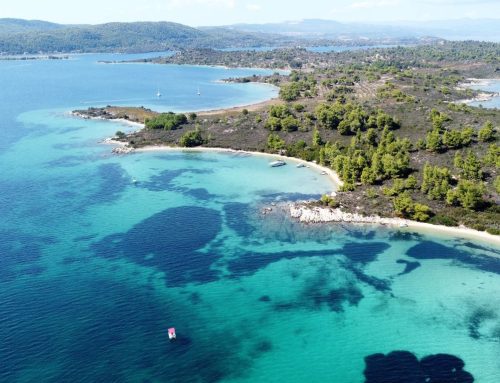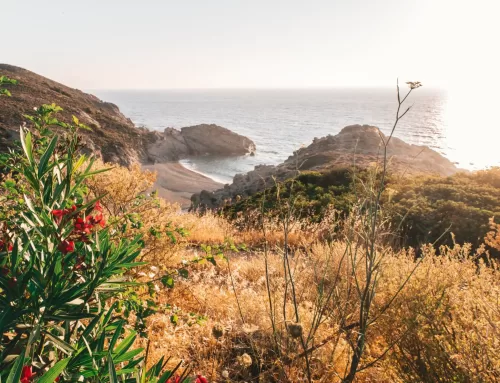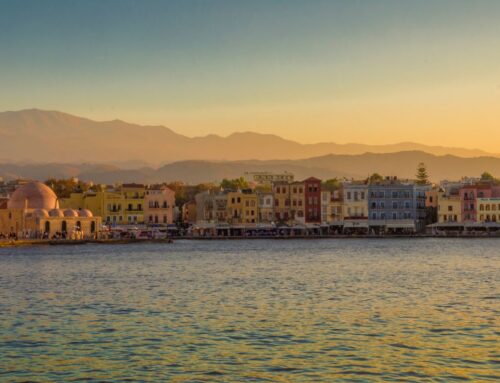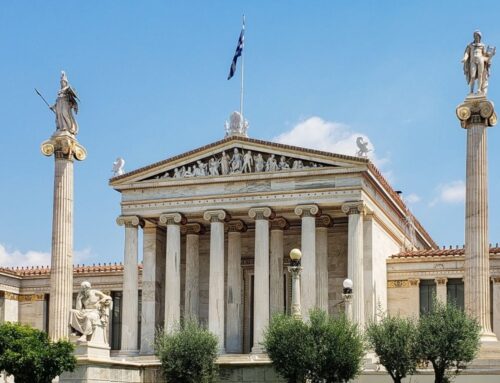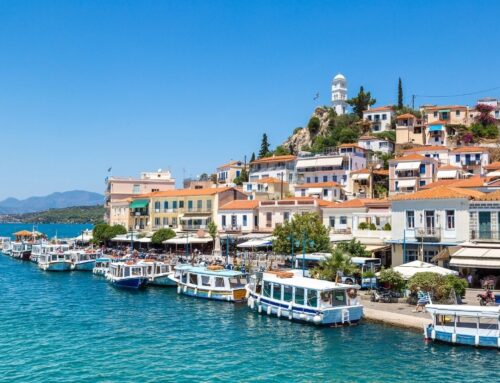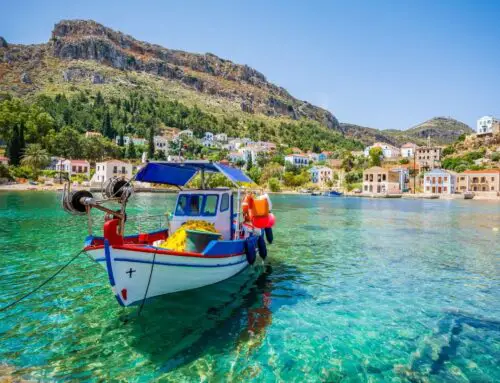10 Most Important Ancient Sites In Athens You Should Not Miss
10 Most Important Ancient Sites In Athens You Should Not Miss
☞ Table of Contents:
Could I interest you in some ancients sites in Athens? The Greek capital is one of the most ancient cities in the whole world, and as a result, there is a huge number of ancient sites in Athens, that you can visit. Everybody wishes he/she had time to visit all of them. The truth is that even we, the locals, have not visited them all; that’s how many they are. Sometimes, they are in the most famous places, while others are hidden throughout the city. I tried to make a list with the most important, and impressive ancient sites in Athens, for you to choose and squeeze them in your schedule. Enjoy!
The Acropolis
On top of this list I could only place the one and only Acropolis. Everybody knows that a trip to Athens is incomplete without visiting the emblem of the city. The Parthenon, the most famous ancient Greek temple, is dedicated to goddess Athena, the goddess of wisdom and the protector of the city; that is where Athens took its name from. Today, the Parthenon stands on the sacred rock and can be seen almost from every part of the city.
On the wider area of the Acropolis, there is another temple worth visiting; the temple of Athena Nike. It is dedicated to the goddess of victory and is a great example of the architecture of the High Classical Period. Finally, the Erechtheion is the temple that rose to fame due to its southern porch, that has 6 caryatids; 6 female sculptures instead of columns.
You can reach the sacred rock of the Acropolis only by foot. Pack a pair of comfortable shoes, because climbing the hill can get a little difficult, a bottle of water, and on a sunny day, your hat. After climbing, you will get mesmerized not only by the ancient temples of the hill but also from the breathtaking view of the city.
The metro stations of Monastiraki (lines 1 & 3) and Acropolis (line 2) are the closest ones to the Acropolis rock. To reach the entry point, you will have to walk a few minutes from the metro.
Theater of Herodes Atticus
Under the Acropolis hill, the theater of Herodes Atticus stands proudly since the Roman times. It was renovated in the ’50s, and since then it operates every summer, with a plethora of musical and theatrical performances. Only the most acclaimed Greek and foreign artists get to perform in this theater. Moreover, many of the performances of the Athens-Epidaurus festival are held there.
Just imagine watching a performance at the same place where people in the first century AD did!
Ancient Agora
One of the most important places in ancient Athens. It was the center of administration and trade of ancient Athens, and where all the important men met. Socrates, Aristotle, Sophocles, Pericles, and Plato once stood there and shared their ideas. Ancient Agora is the birthplace of democracy. During classical times, ‘Vouli’ (the city council) convened in that place!
In the area of the Ancient Agora, there is the temple of Hephaestus, dedicated to the god of fire and all the artisans. It’s one of the most well-preserved Doric temples in the whole country. The temple was built in the 5th century BC, with marble from Mount Penteli, and was designed by Iktinos, one of the most acclaimed architectures at the time.
The stoa of Attalos is another must-visit monument inside the Agora. A long covered walkway, it was built by King Attalos II as a gift to Athens for the education that he received. It was renovated in the ’50s, and now hosts the Museum of Ancient Agora. In 2003, the signing of the Treaty of Accession of 10 new European Union members, took place in the Stoa of Attalos.
Today, the Ancient Agora is one of the most important ancient monuments in Athens; a big green space between Thissio and Monastiraki, under the Acropolis rock.
Panathenaic Stadium
In the heart of Athens, behind the National Garden, this ancient stadium stands proudly. Its other name in Greek is Kallimarmaro which means made by fine marble. Governor Lycourgos ordered the remake of the stadium with marble in 329 BC. Before that, the stadium had wooden seats. It was used for hosting the renowned Panathenaic Games, to honor goddess Athena, the protector of the city. Later, in 140 BC, Herodes Atticus renovated the stadium, which reached a capacity of 50.000 people.
In modern times, the Panathenaic Stadium hosted the first modern Olympic Games in 1896. After centuries of neglect, the renovation made it impressive once again. In 2004, Athens hosted the Olympic Games again, and Kallimarmaro was used for hosting events. It is one of the most important stadiums in the world with a very long history. It is open throughout the year for those who wish to visit it.
Temple of Poseidon – Sounion
A few kilometers away from Athens, in Attica region, the Temple of Poseidon is located in Sounion. The imposing temple was built in the 5th century BC is dedicated to Poseidon, the god of the sea. The location, on the edge of Cape Sounion, next to the Aegean Sea is mesmerizing. Some say that the sunset and the sunrise are the best time of the day to be there. Even in the middle of the day, the Temple is impressive and you can swim in the nearest beaches. It’s a perfect one-day excursion from the capital.
According to the myth, that was the spot where King Aegeus (he is the one that the Aegean Sea took its name from) fell into the sea while committing suicide. He thought that his son, Theseus had died in Crete during his effort to kill the mythical monster Minotaurus. Theseus forgot to change the sail, and it remained the black one, which was to signal that Theseus was dead.
Roman Agora
In the list of ancient monuments in Athens, I could not omit the Roman Agora. On the way up from Monastiraki square to Plaka neighborhood, we meet the Roman Agora of Athens. Its construction took place during the 1st century BC with the funding of Augustus and Julius Ceasar. It was a big, open-space market surrounded by colonnades. The most important buildings inside the Agora are:
- the Tower of the Winds, a building that has the shape of an octagon, and served for weather predictions and for telling the time
- the library of Hadrian, which was built during the time of king Hadrian, and contained books along with separate rooms for music and lectures. Today, a few remains have survived after so many centuries and the invasions of the Venetians and the Ottomans.
Theatre of Dionysus
Unfortunately, today there is no much left to admire from the oldest theater and one of the most significant ancient monuments in Athens. Under the Acropolis hill, we find the remains of the Dionysus’ theater. It’s the birthplace of the Greek drama, and as a result of the art of drama as we know it today. In this theater, the festival of the Great Dionysia was held; a festival dedicated to god Dionysus, the god of wine and ecstasy. Also, some of the greatest writers presented their plays there; Aeschylus, Sophocles, and Euripides.
Arch of Hadrian
The Arch of Hadrian is located in downtown Athens; at the end of Amalias Avenue (one of the most central avenues of the capital), across Plaka, walking distance from Syntagma square, Koukaki, and the Acropolis. It was built in 131 BC in order to celebrate the coming of the Roman emperor Hadrian. The place of construction was chosen to symbolize the distinction between the old part of the city and the new one, built by Hadrian.
Today, it is a really popular monument that even attracts the locals for a visit. Without having any type of protection and while being in open space through the centuries, it is peculiarly well-preserved. However, the coloring has faded a lot, and the inscriptions have been degraded severely due to air pollution.
Kerameikos Cemetery
Kerameikos is a vibrant central neighborhood of the capital, well-known for its bars, cafes, and restaurants. Its name comes from the Greek word ‘keramos’, which means pottery, because of the many pottery workshops that were in the area.
In antiquity, Kerameikos was part of the ancient city of Athens, and the place that the Athenians used to bury their dead. It is a very important archaeological site, close to other major ones, without many visitors. It operated continuously from the 9th century BC until the Roman times. The ancient region of Kerameikos was divided into two parts by the Themistoclean walls, that connected Athens with Piraeus. On one side, it was the inhabited area, while on the other, the cemetery.
The excavation started in 1870 and continues until today. A great number of tombs were found during the construction of the Kerameikos metro station. Inside the archaeological space, there is the Archaeological Museum of Kerameikos with exhibits from the area.
Temple of Olympian Zeus
The temple is enclosed by the Arch of Hadrian and was by far the biggest temple of the country. Unfortunately, only 16, out of 104, of the grand columns are still standing. The construction started as early as the 6th century BC, only to finish in the 2nd century AD, thanks to Emperor Hadrian. It is dedicated to Zeus, the king of the Olympian gods.
Sadly, it has suffered many damages during the Byzantine years, the Ottoman rule and the first stages of the Greek state. As a result, we can only admire a small part of what it used to be.
*Disclaimer: This page might include affiliate links. If you decide to book something through one of them, I might get a little bonus, but it won't cost you anything extra.*



